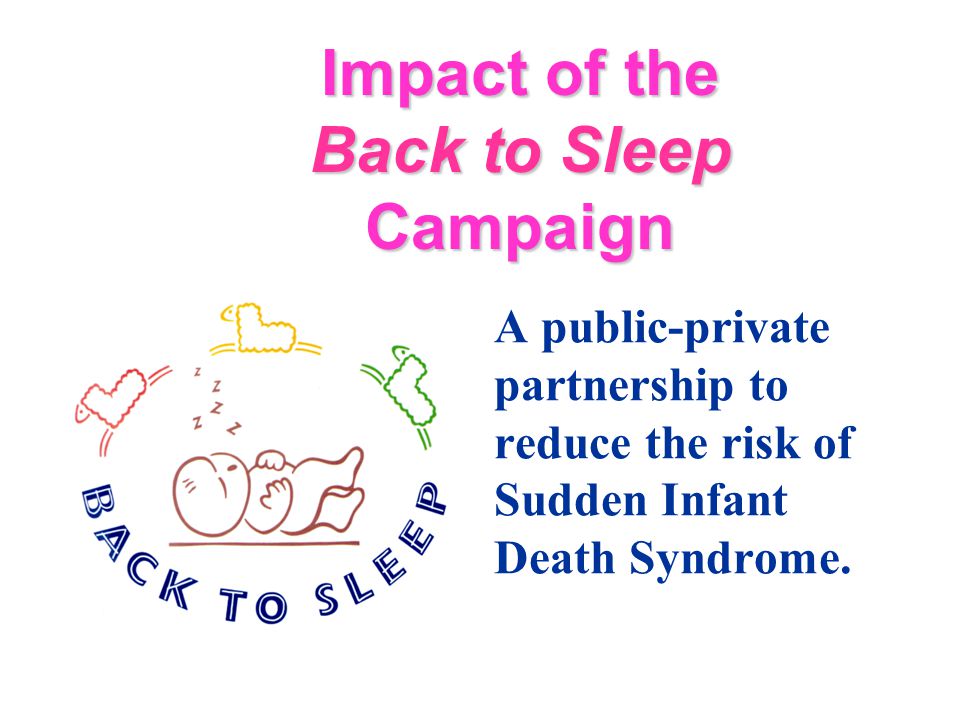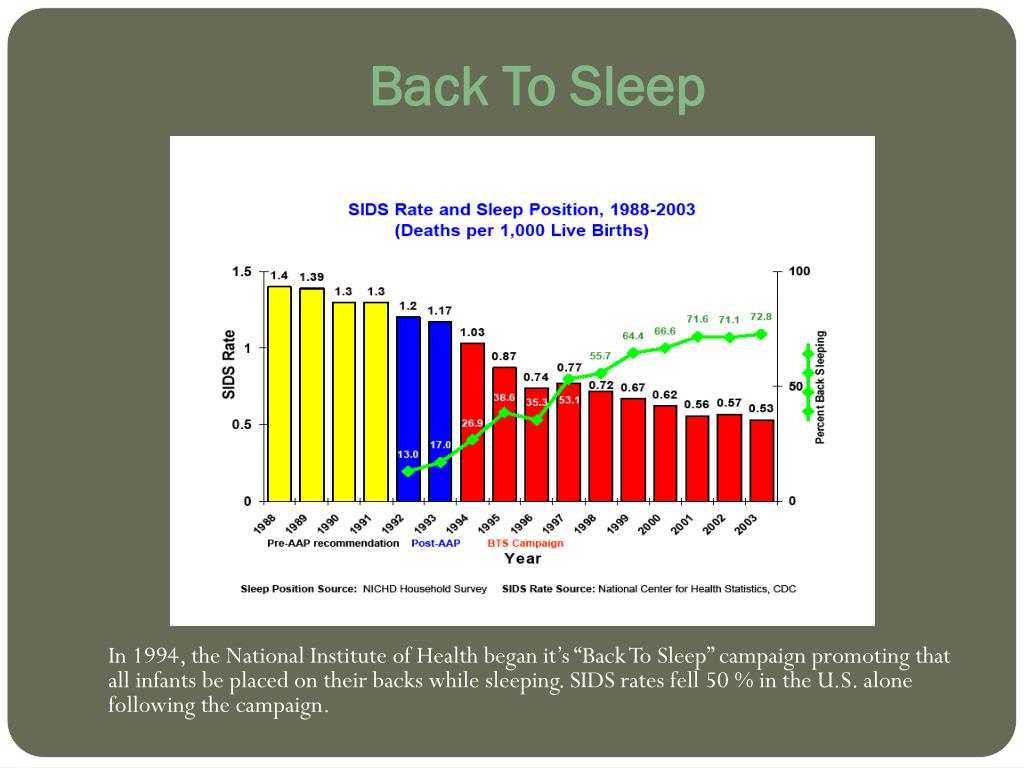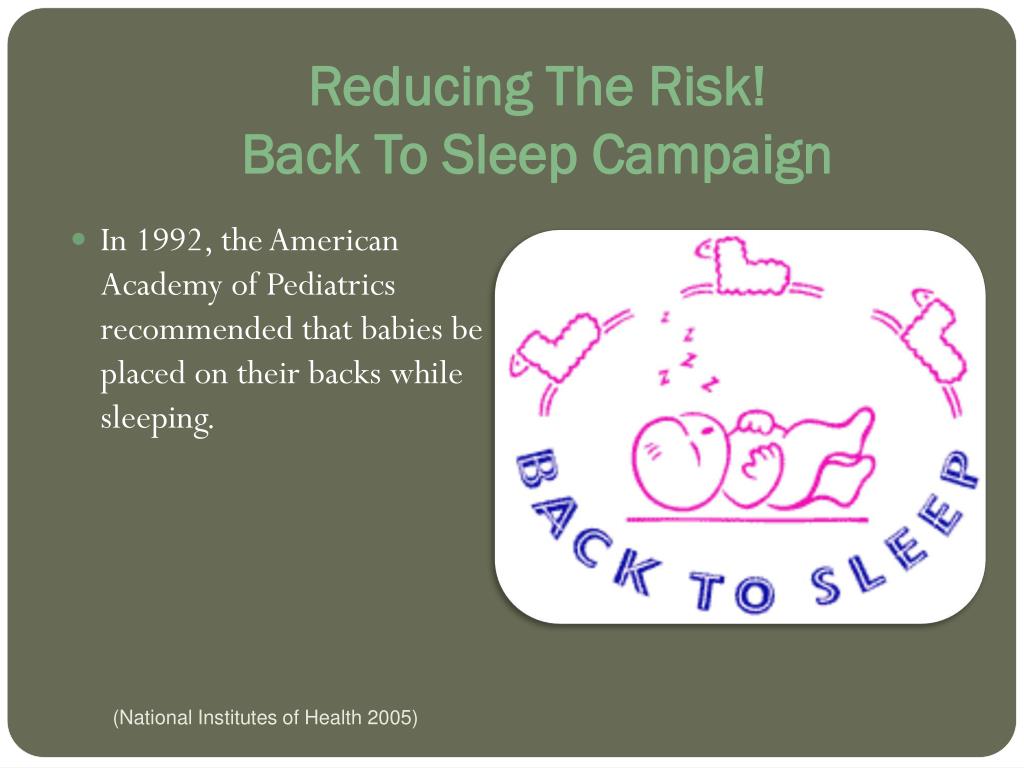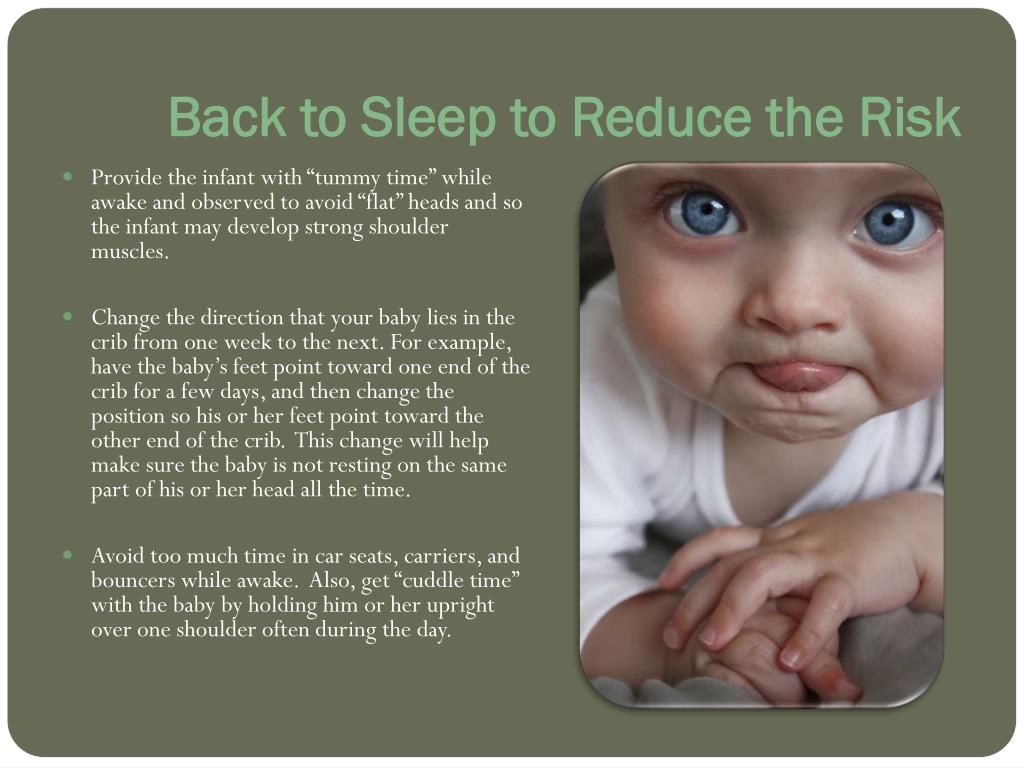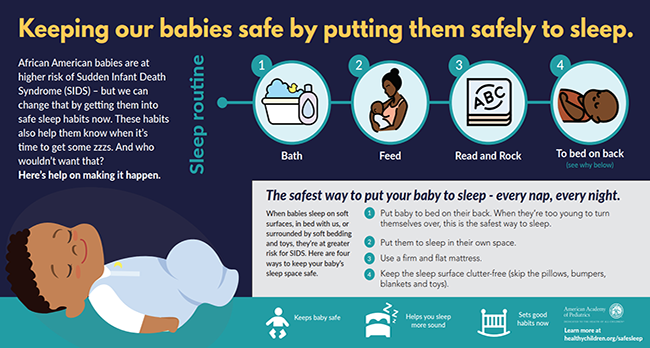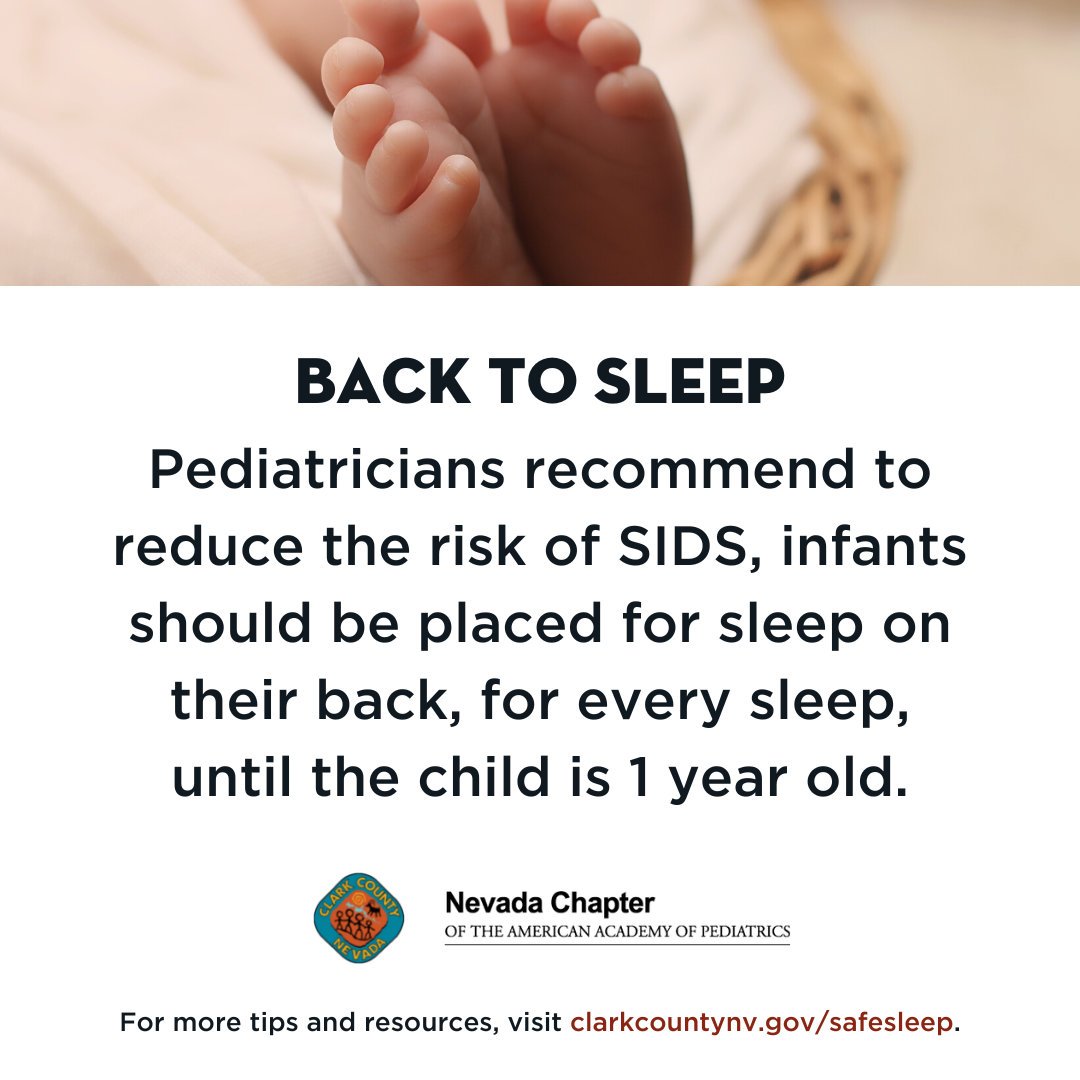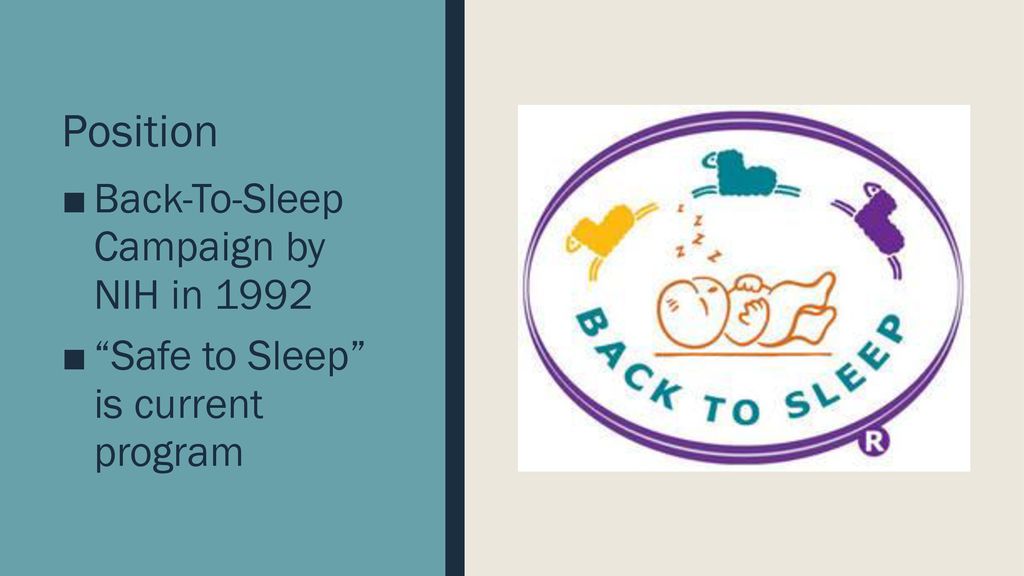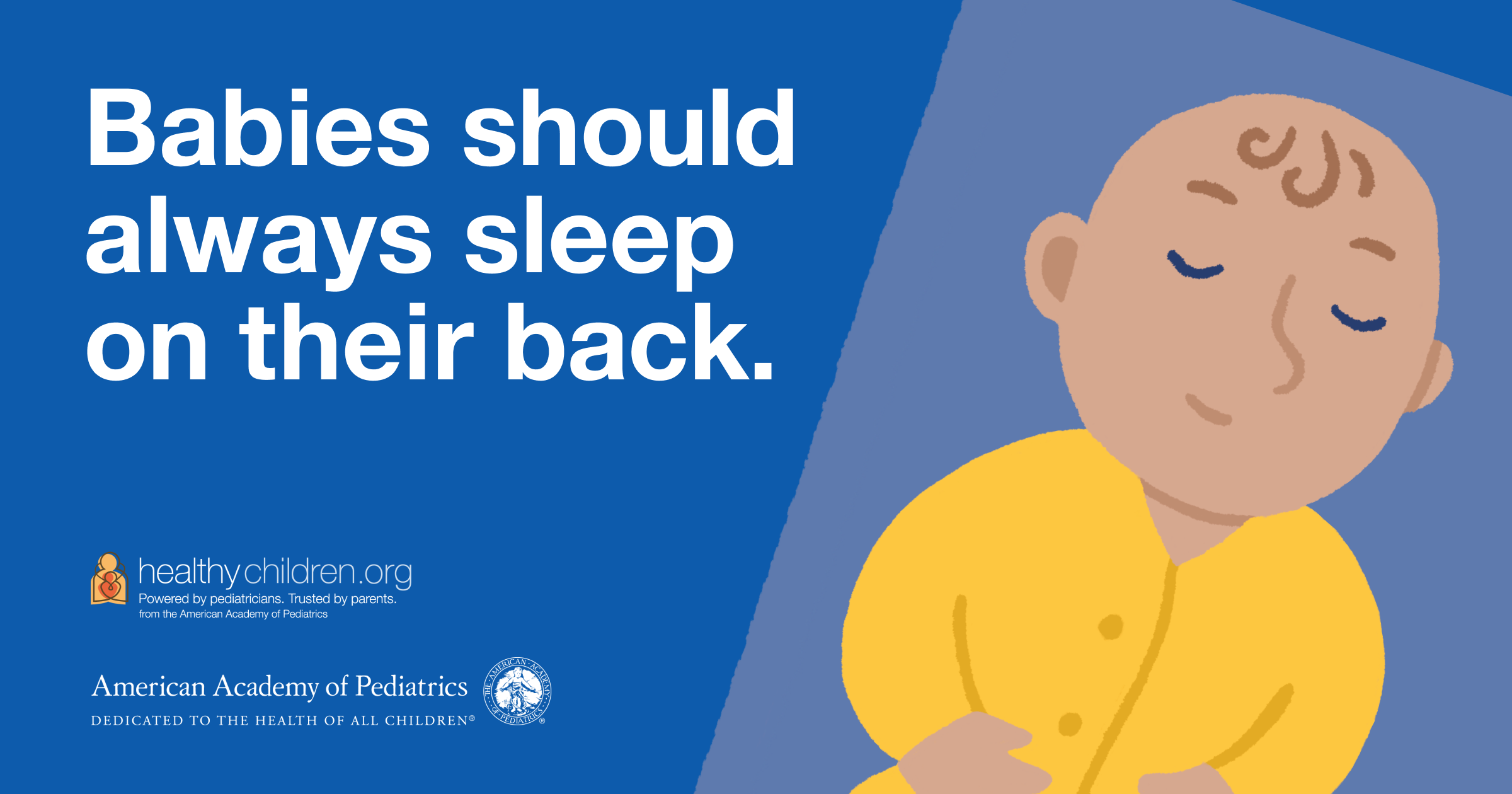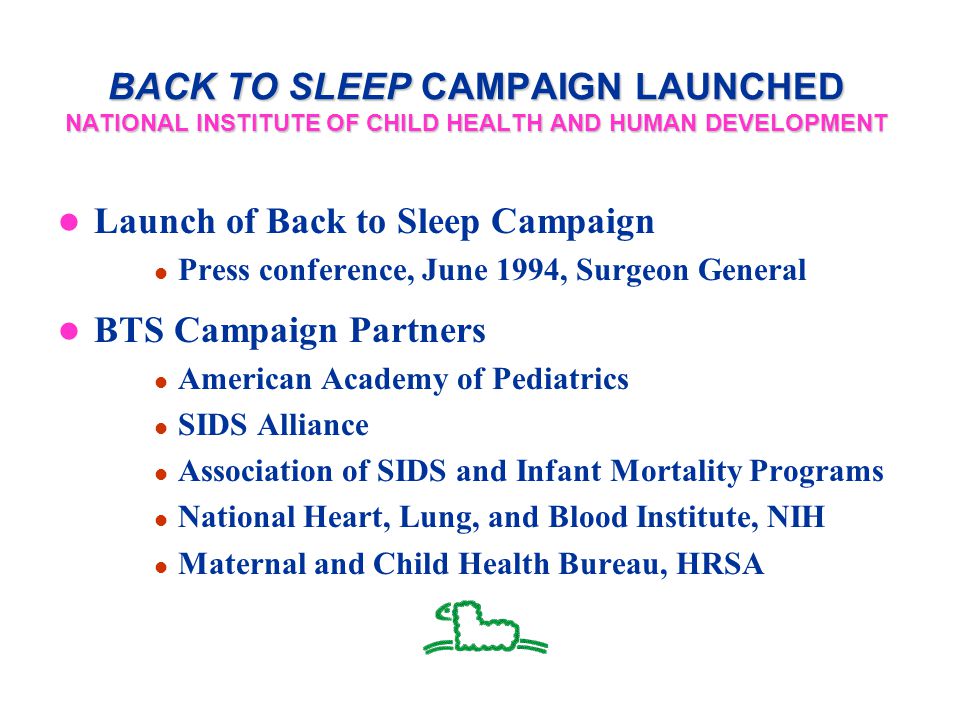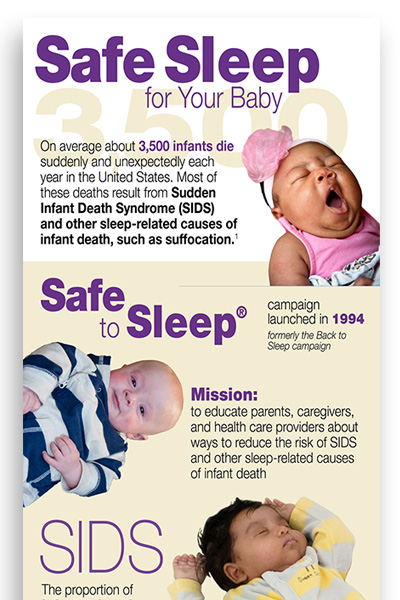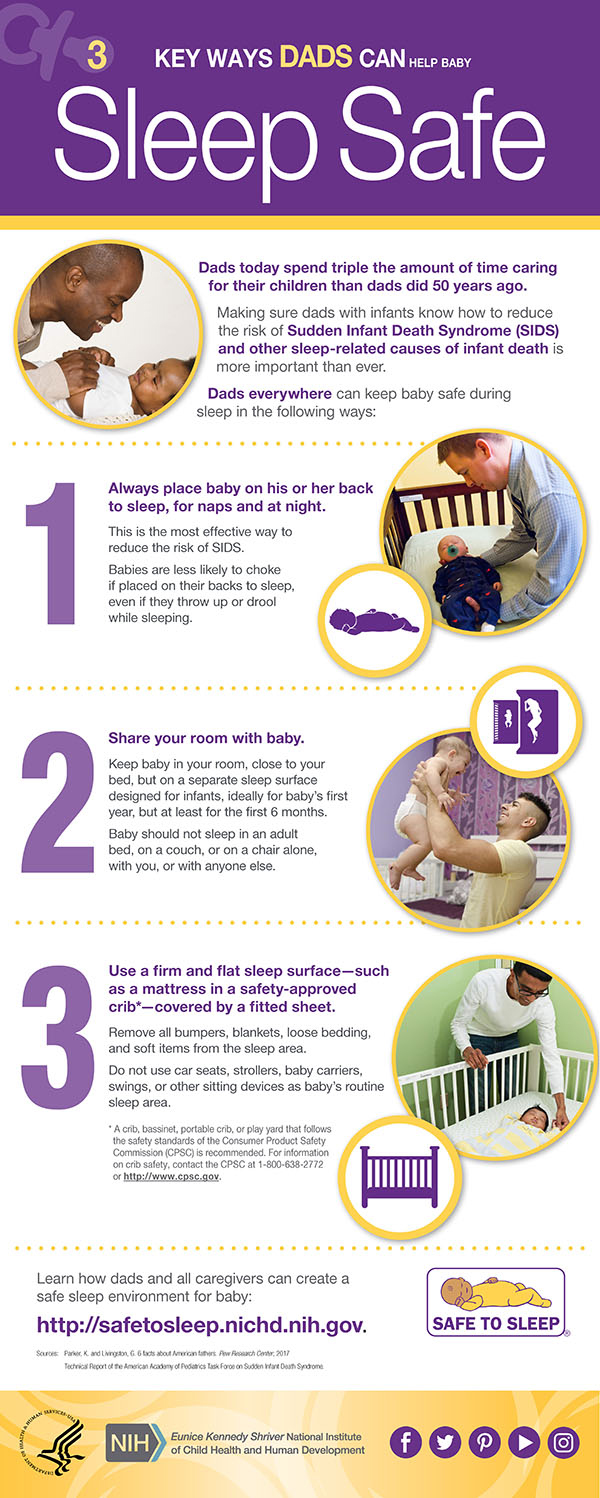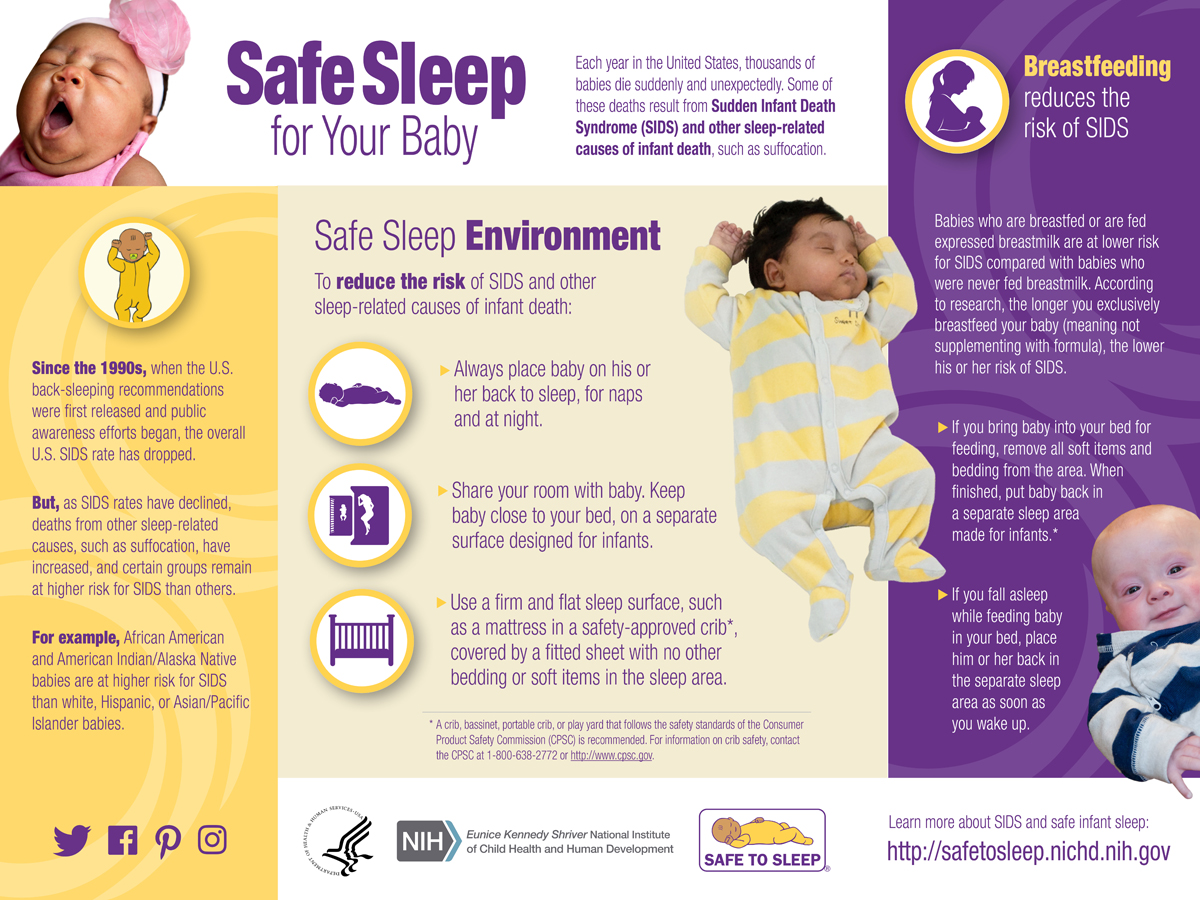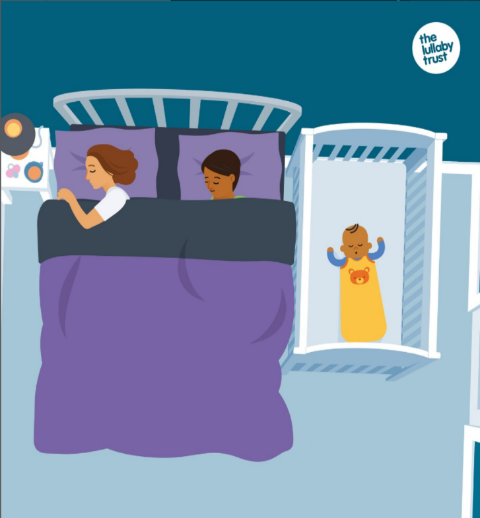The Back To Sleep Campaign Was Aimed At Reducing

In 1994, a public health campaign dramatically altered infant care practices in the United States and beyond. The Back to Sleep campaign, later renamed Safe to Sleep, aimed to reduce the risk of Sudden Infant Death Syndrome (SIDS) by encouraging parents to place their babies on their backs to sleep.
This initiative, spearheaded by the National Institute of Child Health and Human Development (NICHD), the American Academy of Pediatrics (AAP), and other organizations, achieved remarkable success, saving countless lives and reshaping our understanding of infant sleep safety.
The Back to Sleep campaign, now known as the Safe to Sleep campaign, represents a significant public health triumph, demonstrating the power of evidence-based interventions in protecting vulnerable populations. The campaign’s success is rooted in a collaborative effort involving researchers, healthcare professionals, and public health advocates. The goal was simple: educate parents and caregivers about the safest way for infants to sleep.
The Genesis of the Campaign
Prior to the 1990s, the prevailing advice often encouraged parents to place babies on their stomachs to sleep. This was thought to prevent choking on spit-up. However, epidemiological studies began to reveal a strong correlation between prone (stomach) sleeping and an increased risk of SIDS.
These findings prompted researchers and pediatricians to re-evaluate existing recommendations and to investigate the potential benefits of supine (back) sleeping. The evidence became increasingly compelling, leading to the formal launch of the Back to Sleep campaign in 1994.
Key Components and Strategies
The Back to Sleep campaign employed a multifaceted approach to disseminate information and change behavior. Key elements included public service announcements, educational materials for healthcare providers, and outreach to community organizations. These efforts targeted parents, grandparents, childcare providers, and anyone involved in infant care.
The campaign emphasized clear, concise messaging, such as "Back to Sleep," making it easy for the public to understand and remember the core recommendation. Information was distributed through various channels, including print media, television, radio, and healthcare settings. This ensured broad reach and accessibility.
Healthcare providers played a crucial role in counseling parents during prenatal visits and after delivery. They provided guidance on safe sleep practices and addressed common concerns about back sleeping, such as the fear of choking. This trusted source of information was essential in building confidence and promoting adherence to the recommendations.
Impact and Outcomes
The impact of the Back to Sleep campaign was profound and immediate. Rates of SIDS in the United States plummeted significantly following the campaign's launch. According to the Centers for Disease Control and Prevention (CDC), SIDS rates decreased by more than 50% between 1994 and 1999.
This dramatic reduction in mortality is a testament to the effectiveness of the campaign in changing parental behavior. While other factors may have contributed to the decline in SIDS rates, such as decreased smoking during pregnancy, the Back to Sleep campaign is widely recognized as the primary driver of this positive trend.
However, the campaign's success also highlighted the importance of addressing disparities in SIDS rates among different racial and ethnic groups. Studies revealed that African American and Native American infants continued to experience higher rates of SIDS than white infants, even after the implementation of the Back to Sleep campaign.
Evolution to Safe to Sleep
In response to these ongoing disparities and a growing understanding of other risk factors for SIDS, the campaign was renamed Safe to Sleep in 2012. This name change reflected an expanded focus on promoting a broader range of safe sleep practices.
The Safe to Sleep campaign continues to emphasize the importance of back sleeping but also addresses other key recommendations, such as using a firm sleep surface, keeping soft objects and loose bedding out of the crib, and breastfeeding. It also aims to reduce risks like overheating and exposure to smoke.
Beyond Back Sleeping: The Expanded Message
The Safe to Sleep campaign reinforces the importance of a safe sleep environment. This includes a firm mattress, fitted sheet, and no pillows, blankets, or toys in the crib. These measures minimize the risk of suffocation and entrapment.
The campaign also emphasizes the benefits of breastfeeding and encourages parents to avoid smoking during pregnancy and after the baby is born. These factors have been shown to reduce the risk of SIDS. It also provides advice about room sharing, but not bed sharing, for the first six months.
Challenges and Future Directions
Despite the significant progress made, SIDS remains a leading cause of infant mortality. Continued efforts are needed to promote safe sleep practices and to address the disparities in SIDS rates among different populations. This includes tailoring interventions to meet the specific needs of different communities.
Ongoing research is also crucial to further understand the underlying causes of SIDS and to identify new strategies for prevention. This includes investigating genetic factors, brain development, and environmental influences. Furthermore, addressing misinformation surrounding safe sleep practices is critical to ensuring parents receive and follow accurate guidance.
The Safe to Sleep campaign serves as a model for effective public health interventions. It also serves as a reminder of the importance of ongoing education, research, and collaboration in protecting the health and well-being of infants.
